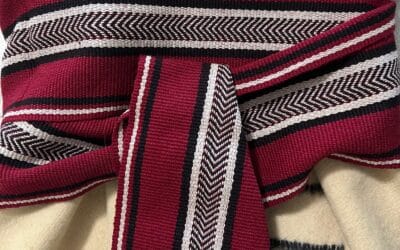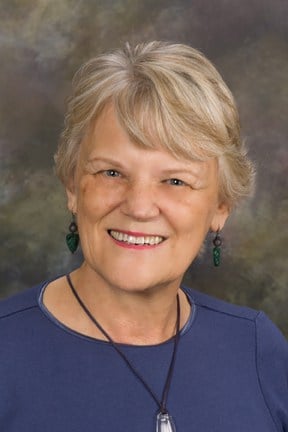Voyageur’s Blog
Ask a voyageur a question
Here’s a blog to answer your questions, like what was life like during the 1800s in French Canada? Like who could or couldn’t be a voyageur? How big the canoes were? What trade goods they carried? What different furs were worth? What they used for medicine? I’ll answer these and more in the “A Voyageur’s Life” blog. Click on the button below to ask your question or go to the “Contact” section of this site — I’ll find the answers.
Sacagawea: Through Her People’s Eyes
A new book overturns much of what we thought we knew about Sacagawea. Her real name is Ma eshu weash — Eagle Woman — and she’s Hidatsa, not Shoshone. At last, we can see her through her people’s eyes.
The Fur Trade Promotion Ladder: Voyageurs Need Not Apply
Most voyageurs spent their lives in the canoe, no matter how loyal their service or strong their arms. In the fur trade, class barriers and a lack of literacy kept the paddles in their hands — and the promotions to better jobs out of reach.
Voyageurs: Hardy Dynamos of the Fur Trade
Voyageurs were hardy men who used their physical power and skill with canoes to move trade goods across the interior, returning with beaver and other pelts.
Canoes that shaped a continent: Built of bark, made for miles
In celebration of National Canoe Day, we honor the genius of Indigenous birch bark canoe design.
A voyageur’s sash: The original utility belt
Not only did a voyageur sash show style but was useful besides in a dozen ways. But they weren’t just red.
What’s the most in-demand item of the French-Canadian fur trade?
Surprisingly, Ojibwe wanted cloth more than any other trade good offered by the French-Canadian or British traders.







 No wonder Nikki Rajala writes about voyageurs—her French-Canadian ancestors paddled birch bark canoes on many fur trade brigades. One great-great wintered for 16 years in fur posts west of Lake Superior and threads of family stories infuse this book. On Girl Scout canoe expeditions as a teen, she explored Minnesota's Boundary Waters Canoe Area Wilderness and Ontario's Quetico Provincial Park. Nikki loves rendezvous re-enactments, reading fur trade journals, visiting museums, tasting voyageur foods.
No wonder Nikki Rajala writes about voyageurs—her French-Canadian ancestors paddled birch bark canoes on many fur trade brigades. One great-great wintered for 16 years in fur posts west of Lake Superior and threads of family stories infuse this book. On Girl Scout canoe expeditions as a teen, she explored Minnesota's Boundary Waters Canoe Area Wilderness and Ontario's Quetico Provincial Park. Nikki loves rendezvous re-enactments, reading fur trade journals, visiting museums, tasting voyageur foods.